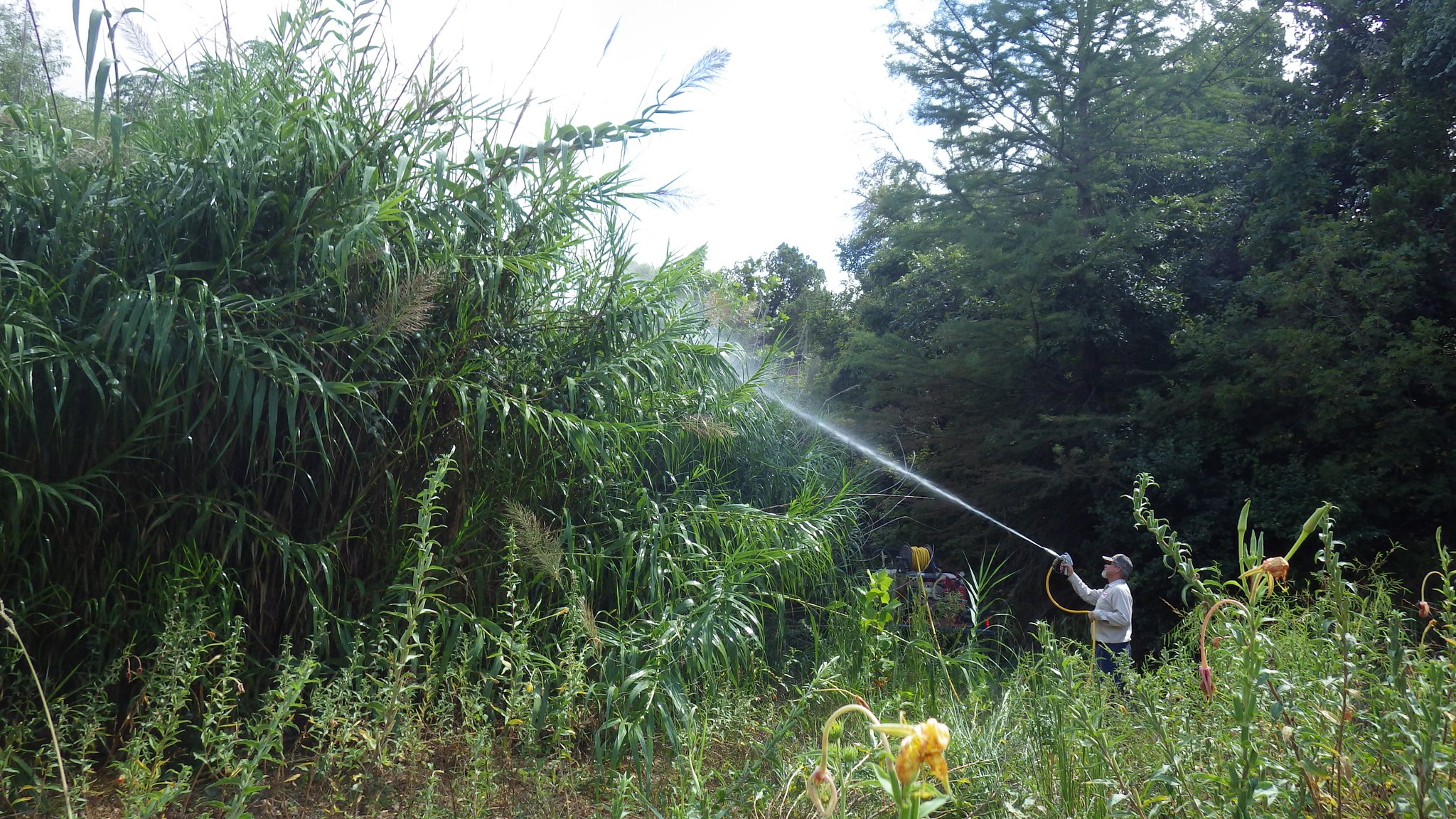Best Management of Giant Reed
This is Passport to Texas
Arundo Donax, or giant reed, is an invasive plant found along rivers and creeks. While it spreads through underground rhizomes, it can also multiply when cane fragments travel downstream.
You cut it, you mow it, you get fragments into the creek—each fragment can create a new plant.
This is why mowing or otherwise breaking up the cane is ill-advised. Monica McGarrity who studies aquatic invasive for TPW, says of the methods used to manage giant reed, herbicides are most effective.
We do use herbicides that are labeled for aquatic use. We take extreme care to minimize overspray, and any damage to non-target plant; we just be really selective when we hit the Arundo. And then, that allows the canes to die and remain in place. So, we’re not destabilizing the entire riparian area.
When the canes die, they provide protection for emerging native plants.
So, when you have young, native plants that start to come up, then deer and things are going to come out and munch on them. So these canes kind of create a nursery area to allow them to come back. And so that’s really important. Planting the natives alone [without first using herbicides], they haven’t evolved to compete with this huge, vigorous invader.
Landowners are vital to managing this invasive plant. Find out why on tomorrow’s show.
The Sport Fish Restoration program supports our series.
For Texas Parks and Wildlife, I’m Cecilia Nasti.



 Passport to Texas is a
Passport to Texas is a  Passport to Texas is made available by:
Passport to Texas is made available by: